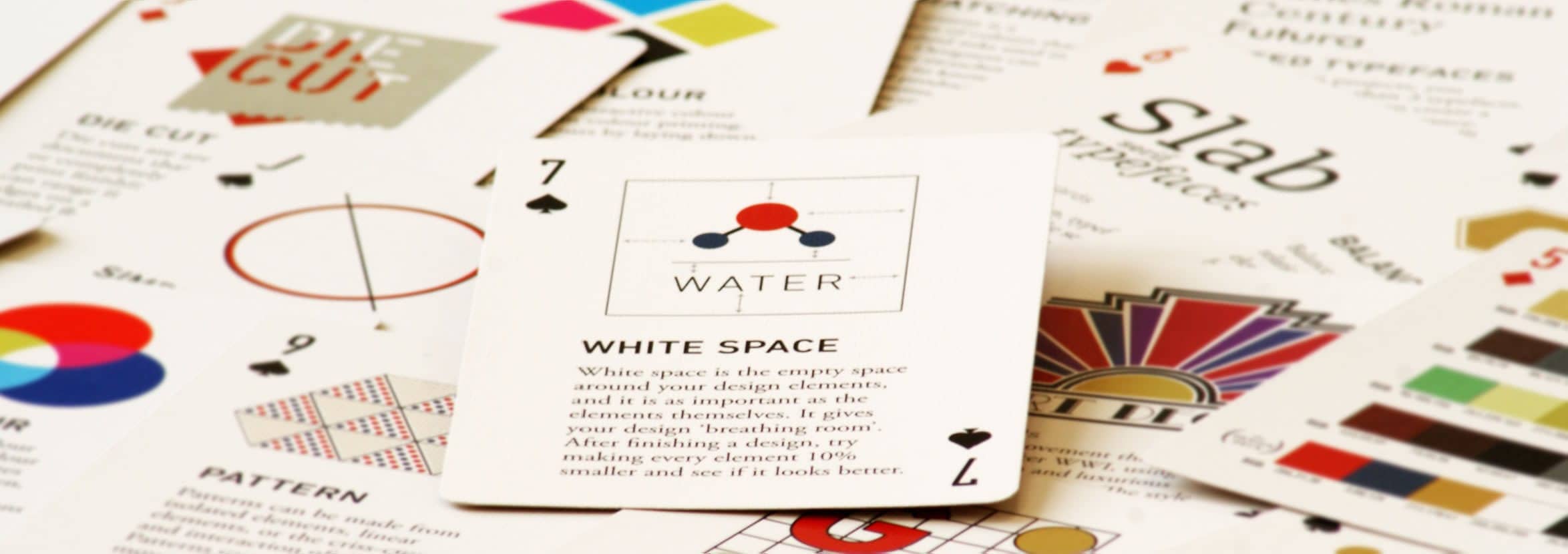Working from a small lab at Oxford University Charles Spence has changed our relationship to food and drink.
Spence has spent years studying how our senses work together to influence our experiences of food and drink in ways that are often unexpected, in a field that has become known as gastrophysics.
It was found, for example, that sound plays a more important role than many food makers had realised. During an experiment in a soundproof booth, with volunteers wearing headphones and eating Pringles, it was found that the louder and higher pitched the crunch, the fresher the crisps were reported to taste.
Other experiments have found that weightier cutlery makes people more willing to pay a higher price for a meal; that yogurt feels more filling when eaten from a slightly heavier pot; that coffee is perceived to be much more intense, but also less sweet, when drunk from a white mug rather than a glass; and that strawberry desserts taste sweeter when served on a white dish rather than a black one.
These findings have been used to help restaurateurs and food manufacturers improve customer satisfaction and ultimately increase sales.
But Spence’s team are also engaged in helping brands reduce the stuff in foods that is bad for us, such as salt and sugar.
They do this without fanfare, gradually over time, so loyal customers do not notice and simply switch to a substitute brand.
It has been found, for example, that tomato soup tastes saltier when poured from a blue can.
It was even discovered that adding a subtle pink tint to sparkling water can make people believe it has a sweet taste, without actually using any sugar.
Of course this should not really be surprising. Several years ago it was found that a group of renowned wine connoisseurs could be fooled into thinking they were enjoying a vintage red, when in fact it was a white wine containing red dye.
And way back in the 1930s Louis Cheskin found that adding a little more yellow hue to the design of 7 Up cans led people to believe they could taste more citrus.
This article also appears in the Lancaster Guardian, Blackpool Gazette and Lancashire Evening Post as part of a weekly column on trends in marketing.










